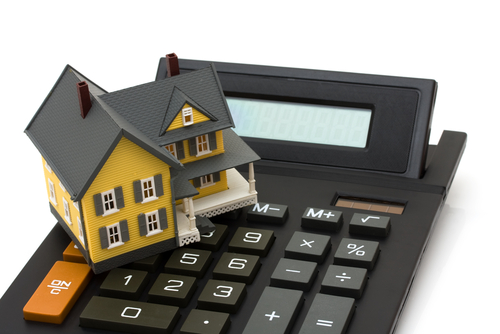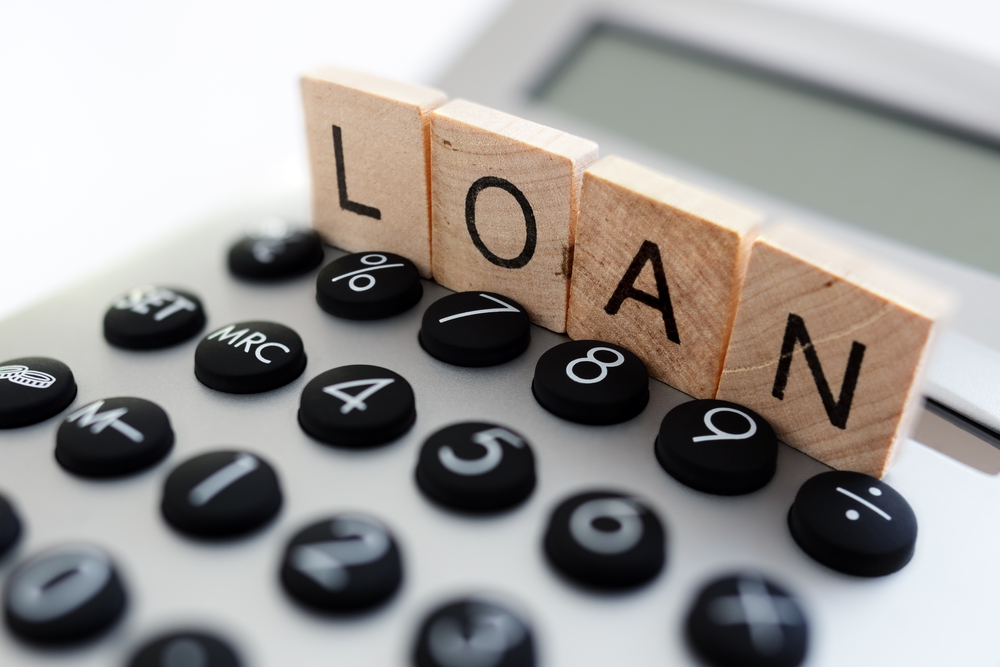There are plenty of online resources and tools to help you count the cost of buying a house. A home purchase is a major decision and one of the largest investments you’ll make. Some people fear getting in over their heads. With a purchase of this magnitude, there’s the risk of being house poor. A bank will look at your income to determine your pre-approval amount. But sometimes, lenders pre-approve applicants for more than they can afford, so you have to use discernment.
The good news is that an online mortgage calculator can help you decide a comfortable amount to spend on a property, as well as provide information about mortgage costs. Here are four ways to utilize a mortgage calculator when shopping for a home loan.
1. Estimate mortgage payment
A mortgage calculator takes three variables into consideration: sale price, mortgage term and interest rate. This is an excellent tool for estimating your mortgage payment. If you are familiar with average prices of homes in your area, but not sure if you can afford to purchase within this range, a mortgage calculator provides a rough estimate of what you can expect to pay.
Simply plug in different sale prices and provide additional information, such as the term, down payment and interest rate. Some mortgage calculators are more advanced than others and include estimates for property taxes, homeowner’s insurance and private mortgage insurance. Be aware, however, that some calculators do not provide this information, and only calculate principal and interest payments.
There’s no way to know with certainly the interest rate you’ll pay until you’re ready to close on a mortgage. But for the purpose of using a mortgage calculator, you can estimate your interest rate based on your credit score. A quick online search can provide information on average mortgage and refinance rates. With this information, you can play around with the numbers to see what your mortgage payment may look like at different price points. Based on the results, you can determine a reasonable amount to spend on a property.
2. Compare 15-year vs 30-year mortgage
A 15-year mortgage typically results in a lower interest rate, plus you can pay off the home faster and build equity sooner. But since you’re slashing your mortgage term in half, you’ll pay more on a monthly basis.
With the help of a mortgage calculator, you can compare mortgage payments based on a variety of terms, and then choose a term that works with your budget. After comparing multiple terms, you might realize a shorter mortgage term is more affordable than you thought. This feature of a mortgage calculator is particularly helpful if you’re refinancing your home loan and you don’t want to reset the clock with a 30-year term.
3. Calculate interest
Some mortgage calculators include an amortization table that breaks down principal and interest payments over the term. If you can’t decide between a 30-year and a 15-year mortgage, this feature lets you compare the cost difference of both options. An amortization table is also useful for comparing the cost of a biweekly mortgage with a traditional monthly payment. A biweekly mortgage involves paying half your mortgage every two weeks. This results in one extra payment a year and reduces your mortgage term by six or seven years.
4. Extra payment calculator
If you want to pay off your home loan sooner, but don’t want to commit to a biweekly mortgage, some mortgage calculators include an advanced feature designed to help you pay off your mortgage faster. Based on your current balance and a target payoff date, these calculators determine how much you would have to pay extra every month to pay off the home loan early. Some calculators even let you decide the amount of extra payments. You’ll see how different payment amounts affect your payoff date, and you’ll learn how much interest you can save by making extra principal payments.








